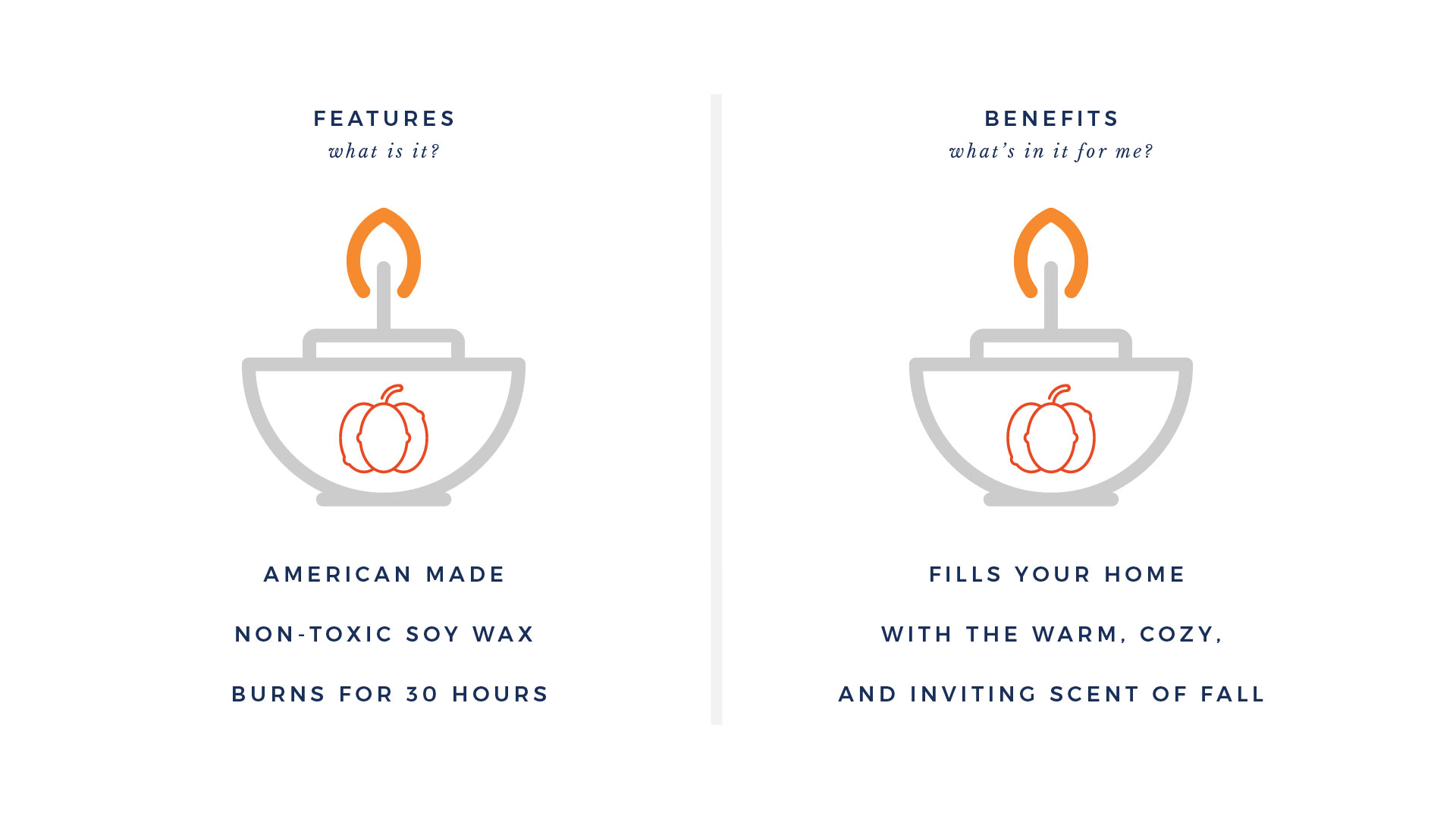In sales, the word “benefit” can be used in the context of marketing. While the word “feature” refers to the technical aspects of a product, its benefit is essentially the end result. Together, these two terms are the “proof” that a product is worth purchasing. As you can see, the two terms work hand in hand to market a product. But how do you know which one to use? Here are a few tips:
Features are the technical aspects of a product
While the features of a product are the technical attributes, the benefits are the reasons that customers purchase it. Whether it is safety, ease of use, prestige, or affordability, the benefits of a product are what convince customers to purchase it. When designing a product, features are equally important as benefits. A successful product should have a mix of features that are both beneficial and satisfying to the customer. In the following paragraphs, we will discuss some of the most important benefits of each feature.
Feature Description. Product features describe the product’s attributes from the end-user perspective. These features can be derived from market research, competitor product comparisons, or even the product innovation thought process. In the case of technical products, features are those aspects that are measurable, implementable, testable, or tangible. Yet, features are also used in marketing collateral to increase perceived value. In the following paragraphs, we’ll examine the value of features and how they relate to customer needs.
A product’s features describe its appeal and distinguishes it from competitors. The benefits of features can be unique or distinct, making a product stand out in the market. Consider the Segway, an example of a product with a unique feature set. It was the first self-balancing two-wheeled transportation device, and it was memorable because it included such features. While the Segway’s design was not functionally perfect, it still made a statement about its design and features.
Product managers must make tough decisions and lead with conviction. If they fail to do so, engineers will either build what they think is best, or build what they think is best. In order to define a feature, the product manager must picture the end-users’ problems and challenges. Once the feature is defined, the manager needs to answer the question: “What will be the use of this feature?”
Benefits are the final outcome
While features emphasize facts about a product, benefits address the emotions of a customer. They explain why a particular feature is beneficial for a customer, and they act as a trigger for a customer’s decision to buy. Customers tend to focus less on the features of a product than on how it will help them solve their problems or fulfill their needs. By highlighting benefits of a product, businesses can attract new customers and increase their profits.
A product or service’s benefits focus on the outcomes the end user will experience from using it. These benefits are the reasons that prospects buy products or services. In most cases, benefits are the reason that prospective customers actually purchase the product. In fact, consumers rarely buy things just for the sake of buying them. They buy things to solve problems, so a product with unbreakable spokes and an impact-resistant frame will likely be a benefit to consumers.
When communicating benefits, remember that you are marketing to a specific audience. Some people avoid describing benefits for fear of offending people. But this is a bad idea because benefits are a logical outcome of a feature and benefit. It will help readers to understand the purpose and meaning of the product. You also need to understand that different words mean different things to different people, so it’s important to understand your target market.
In marketing, a feature is the part of a product or service that the customer wants to know about. The benefit is the reason that the feature matters to the customer. A feature can be anything that makes the customer feel compelled to buy it. Listed below are some examples of marketing messaging that utilize benefits. These features can be used in marketing messages for both consumer goods and services. They also work together to convey a more powerful message to the consumer.
They are the “proof” that a product is valuable
The difference between features and benefits is often difficult to see unless you know exactly what they are and how they work. Features work on a factual level and may be confusing to customers. Technical specs on a laptop might be confusing for someone who doesn’t use computers. The benefits of a fast laptop, however, are easily understood by any computer owner. Similarly, the ability of a car to go fast is a feature, but it may not have a clear benefit to the customer.
What separates features from benefits is that features are facts about the product and benefit the customer. For instance, your favorite pair of jeans has a certain number of threads, a particular length, and a specific number of metal buttons. However, this claim is not as effective if there are no benefits to the customer. While features tell you about the fact of the product, benefits explain how it will impact the customer’s life.
They are two halves of the same apple
Using the word “they” in this way means “two” or “half,” which is an appropriate construction for an apple. This construction is not very common and would never mean “one apple.” If it did, the phrase would be a misnomer. The other problem is the plural form. The noun “half” also can stand alone. But in this case, “they” indicates the number of apples in the pair.
If you're interested in learning more about copywriting, click here to check out a great course. It'll teach you everything you need to know to start writing effective copy that sells.
Did you miss our previous article…
https://thewritersden.top/?p=411
